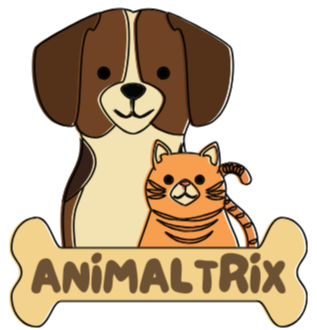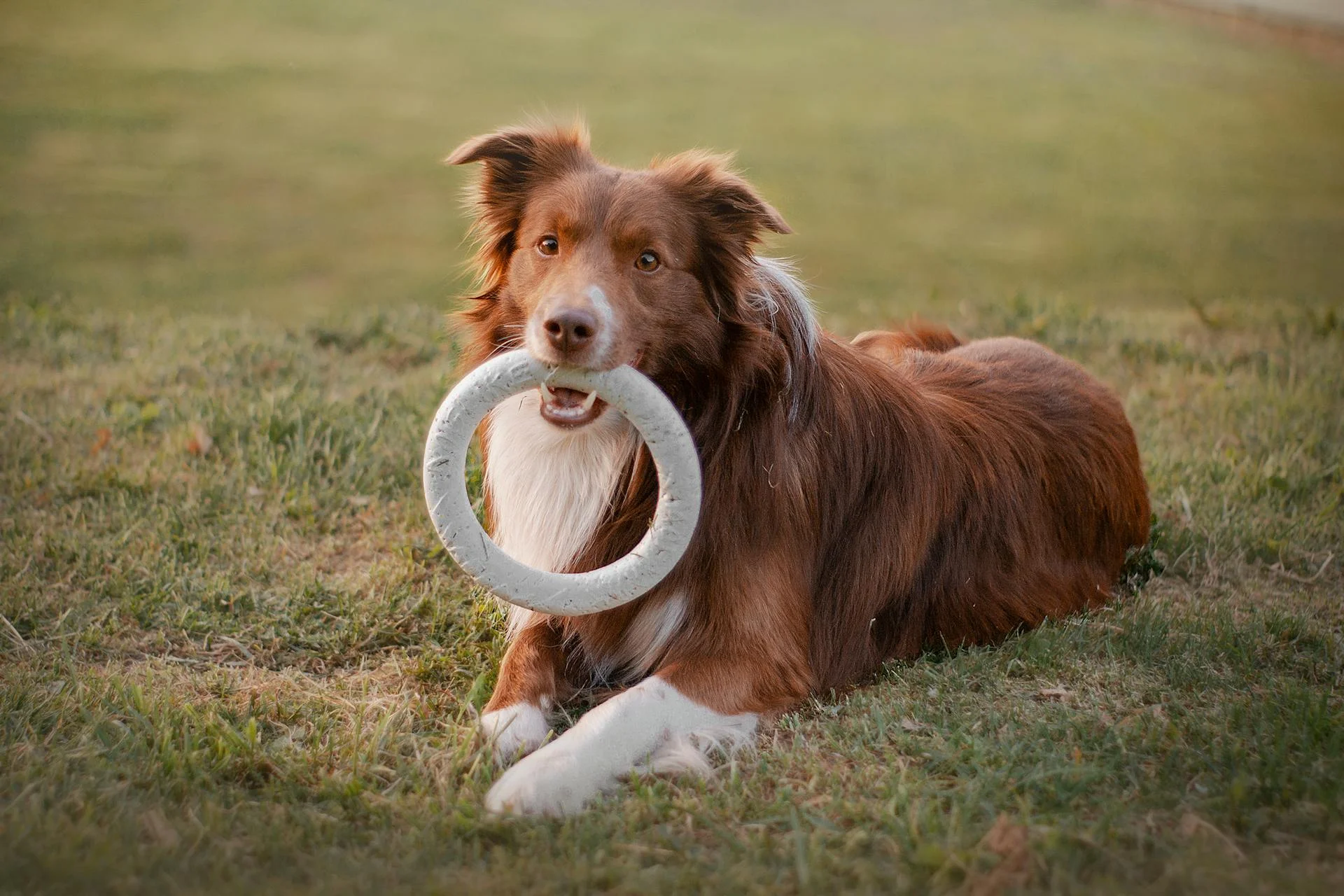Feeding your dog a balanced and nutritious diet is one of the most important aspects of caring for their health and well-being. With so many options available, choosing the right dog food can be overwhelming. In this guide, we’ll explore the key factors to consider when selecting the best diet for your canine companion:
Understanding Your Dog’s Nutritional Needs
Just like humans, dogs require a balanced diet consisting of protein, carbohydrates, fats, vitamins, and minerals to thrive. The specific nutritional needs of your dog may vary depending on factors such as age, breed, size, activity level, and health status. Consult with your veterinarian to determine the ideal diet for your dog based on their individual needs.
Reading the Ingredients Label
When evaluating dog food options, pay close attention to the ingredients label. Look for high-quality, natural ingredients such as meat, poultry, fish, whole grains, fruits, and vegetables. Avoid products that contain fillers, artificial preservatives, colors, or flavors. Ingredients are listed in descending order by weight, so prioritize foods with protein sources listed at the top of the ingredients list.
Choosing Between Dry, Wet, or Raw Food
There are several types of dog food available, including dry kibble, wet canned food, and raw diets. Each option has its own advantages and considerations. Dry kibble is convenient, cost-effective, and helps promote dental health by reducing plaque buildup. Wet canned food is palatable and provides hydration but may spoil more quickly once opened. Raw diets consist of uncooked meat, bones, fruits, and vegetables and are believed to mimic a dog’s natural diet, but they require careful handling to prevent bacterial contamination.
Considering Special Dietary Needs
Some dogs may have specific dietary requirements or food sensitivities that need to be addressed. Common dietary restrictions include grain-free, limited ingredient, or hypoallergenic diets for dogs with food allergies or intolerances. Additionally, senior dogs, puppies, pregnant or nursing dogs, and dogs with medical conditions may require specialized diets tailored to their unique needs.
Transitioning to a New Diet
When introducing a new dog food to your pet, it’s essential to transition gradually to prevent digestive upset. Start by mixing small amounts of the new food with their current diet and gradually increase the proportion over the course of 7-10 days until they are fully transitioned. Monitor your dog’s appetite, stool quality, and overall well-being during the transition period.
Monitoring Your Dog’s Health and Well-Being
Once you’ve chosen a diet for your dog, it’s important to monitor their health and well-being regularly. Keep an eye on their weight, coat condition, energy level, and overall behavior. If you notice any changes or concerns, consult with your veterinarian to determine if adjustments to their diet are necessary.
Providing Fresh Water and Regular Exercise
In addition to providing a nutritious diet, ensure that your dog has access to fresh, clean water at all times. Regular exercise is also essential for maintaining your dog’s overall health and weight. Incorporate daily walks, playtime, and interactive activities to keep your dog mentally and physically stimulated.
By following these guidelines and selecting a high-quality diet that meets your dog’s nutritional needs, you can provide them with the foundation for a long, healthy, and happy life. Remember to consult with your veterinarian for personalized recommendations and guidance on choosing the best food for your furry friend.
















